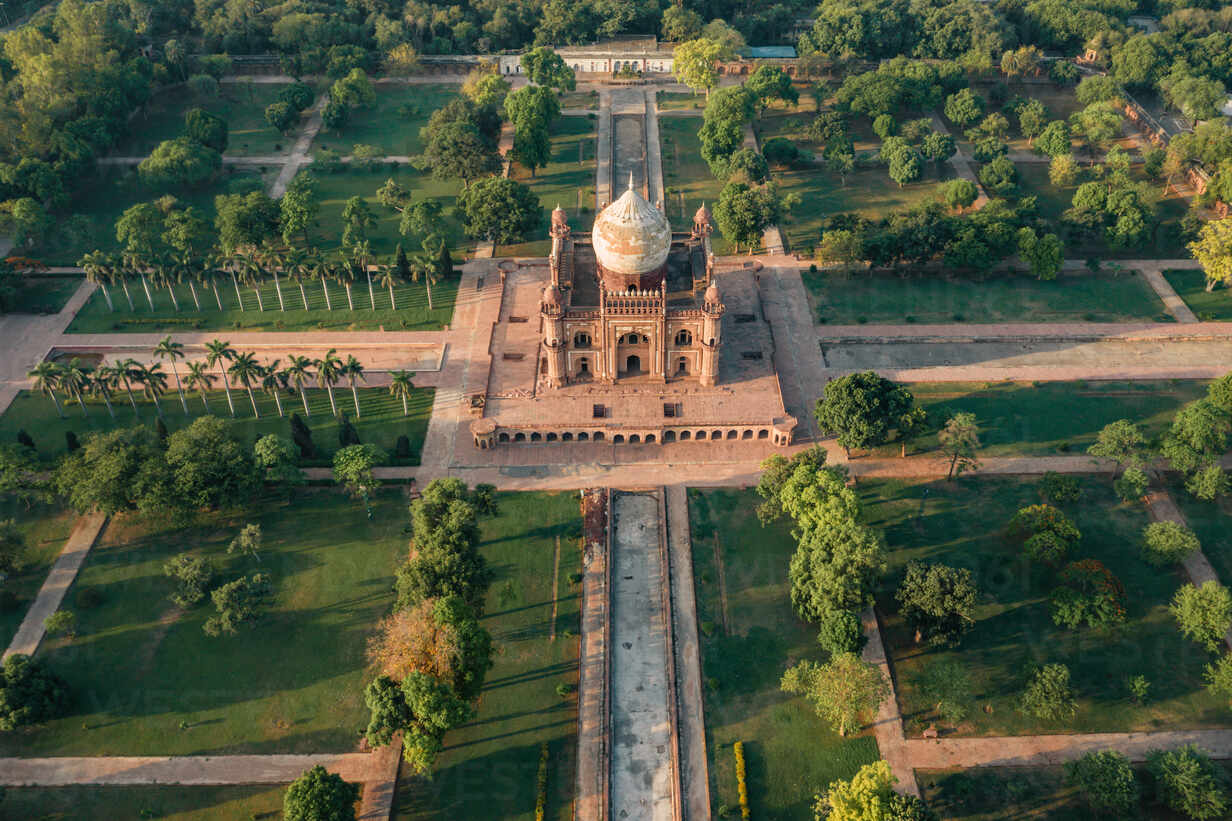Safdarjung’s Tomb: A Mausoleum Of Epic Proportions
The mausoleum erected by Safdarjung’s son, Nawab Shujaud Daula, is the final colossal garden tomb in the Mughal architecture. This historical monument, which is located at the intersection of Safdarjung Road and Aurobindo Marg (Road) in New Delhi, adjacent to Safdarjung Airport, has remained a popular tourist attraction for both Indian and foreign visitors to India’s capital city.
Safdarjung’s Tomb And Reflection of Mughal Architectural Style

The Safdarjung Mausoleum was built by an Ethiopian architect and is the Mughals’ final magnificent garden tomb. Although the Safdarjung Mausoleum was intended and built in the same manner as Delhi’s famed historical landmark, Humayun’s Tomb, the tomb of Mughal Emperor Humayun, it lacked the latter’s grandeur and style. The tomb, which is built on an elevated platform, is encircled on all sides by a large square garden with a courtyard and a three-domed mosque encased within a wall, extending 280 metres (920 feet) on each side.
The tomb, which is made of red and brownish-yellow sandstone, features a high terrace with a huge central dome. It was built with slabs taken from Abdul Rahim Khankhana’s mausoleum. The mausoleum’s two-story main entry gate provides a superb perspective of the monument.
History Of Safdarjung’s Tomb

In 1708 AD, Safdarjung was born as Muhammad Muqim in-Khurasan, a Persian native and a descendant of Qara Yusuf from the Kara Koyunlu. He moved to India in 1722 AD. On March 19, 1739, he succeeded his maternal uncle turned father-in-law Burhan ul Mulk Saadat Ali Khan I as the Subadar Nawab of Oudh, or ruler of the state of Oudh or Awadh province, by paying Nadir Shah with twenty million rupees. He held the role for the rest of his life. The title “Safdarjung” was bestowed to him by Emperor Nasir-ud-Din Muhammad Shah.
In 1748, after the Emperor’s death, his son Ahmad Shah Bahadur came to the throne as the next Mughal Emperor. Safdarjung, a powerful and resourceful statesman who had proven his worth as a capable administrator, relocated to Delhi and was appointed Wazir ul-Mamalik-i-Hindustan, or Prime Minister of Hindustan. He was the Subehdar of Assam from 1750 until 1754.
Written By Ankit Lad | Subscribe To Our Telegram Channel To Get Latest Updates And Don’t Forget To Follow Our Social Media Handles Facebook | Instagram | LinkedIn | Twitter. To Get the Latest Updates From Arco Unico
